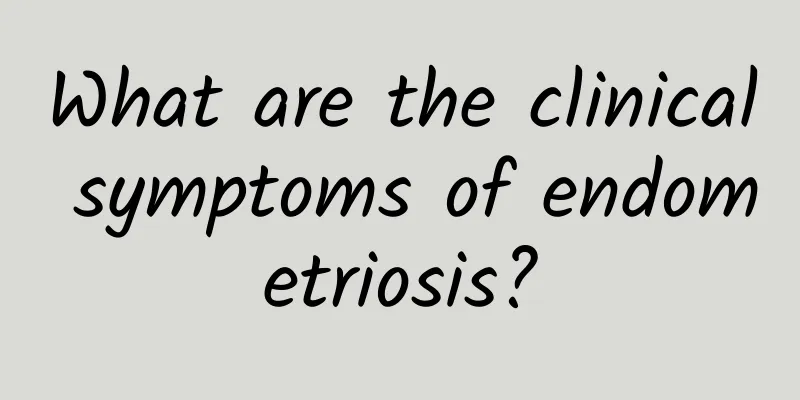Postmenopausal vaginal bleeding symptoms

|
Postmenopausal bleeding is a symptom that requires prompt medical attention, as it may be a sign of a more serious health problem. Postmenopausal bleeding, which generally refers to any bleeding that occurs after a woman has had menopause for a year, is not normal and requires medical evaluation to determine the specific cause. There are many causes of postmenopausal vaginal bleeding, the most common of which is endometrial atrophy or hyperplasia, especially in the absence of estrogen. This can lead to abnormal growth of the endometrium and even cancer. Vaginal atrophy can also cause bleeding because the vaginal walls become thinner, dryer, and more easily injured as estrogen levels drop in postmenopausal women. In some cases, endometrial polyps or cervical polyps are also possible causes of bleeding. In addition to these physical factors, certain medications such as hormone replacement therapy can cause irregular bleeding. There are many causes of postmenopausal vaginal bleeding, the most common of which is endometrial atrophy or hyperplasia, especially in the absence of estrogen. This can lead to abnormal growth of the endometrium and even cancer. Vaginal atrophy can also cause bleeding because the vaginal walls become thinner, dryer, and more easily injured as estrogen levels drop in postmenopausal women. In some cases, endometrial polyps or cervical polyps are also possible causes of bleeding. In addition to these physical factors, certain medications such as hormone replacement therapy can cause irregular bleeding. If you experience postmenopausal bleeding, you should see a doctor promptly to find out the cause. The doctor may recommend a physical examination and imaging tests, such as ultrasound, to evaluate the condition of the endometrium. Depending on the cause, different treatment options may be required. For endometrial lesions, the doctor may recommend curettage to remove excessive proliferative tissue, or hormone therapy to balance hormone levels in the body. If cancer is diagnosed, it may require treatment with surgery, radiotherapy, or chemotherapy. In daily life, it is also important to maintain a healthy lifestyle, avoid smoking, and pay attention to nutrition and weight management, which can help reduce the risk of certain causes. See a doctor as soon as possible if you encounter any abnormal physical symptoms, and follow the doctor's advice for treatment and conditioning. |
<<: Is abnormal vaginal discharge life-threatening?
>>: Symptoms of cervical precancerous lesions in women
Recommend
The gynecological physiology knowledge that has deceived you for a long time, you are the first one to be fooled, I hope you will not be misled again
In my many years of clinical work in gynecology, ...
Experts introduce several common precautions for ectopic pregnancy
Ectopic pregnancy is a gynecological disease that...
What are the symptoms of cervical erosion in women after taking suppositories? What are the precautions for cervical erosion in women?
Cervical erosion is a gynecological disease with ...
Introduction to Menopause Hospitals
In fact, no matter what disease we are facing, we...
What are the main causes of dysmenorrhea?
Among gynecological diseases, dysmenorrhea is one...
Winter is the right time to lose weight: Eat the right 4 types of fat-burning foods
The weather is cold in winter, and even if you we...
What causes female vulvar leukoplakia?
What causes leukoplakia on the vulva of women? Vi...
Symptoms of bacterial vaginosis in women
Vaginitis refers to an inflammation of the female...
What kind of infection is Bartholin's gland cyst?
Bartholin's gland cysts are usually not cause...
Patients with ectopic pregnancy should pay attention to postoperative conditioning
At present, ectopic pregnancy has attracted much ...
No appetite in the hot summer? Recommend this refreshing and appetizing dish!
The weather has been getting hotter recently. The...
Cai Shaofen eats meat to lose weight, Zheng Xiuwen eats a 3-day military meal
Hong Kong actresses all have their own tricks for...
Are the health foods that Mama Loves Group Buying really good? Is it suitable for children?
Although Donna is not a mother yet, a large group...
Want to lose weight easily? Let’s change the order of eating first!
Everyone knows that dieting is not a healthy way ...
Postmenopausal women should be alert to vulvar leukoplakia
Aunt Zhou has been in menopause for more than a y...









